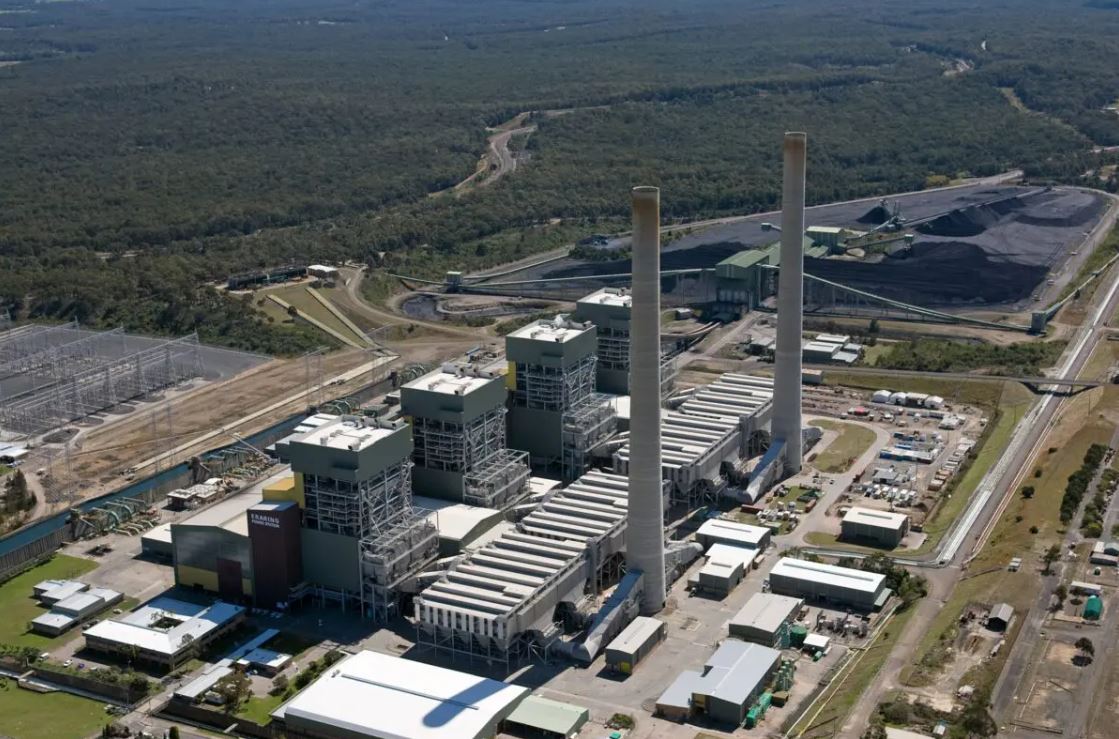Australia’s energy ministers are seeking feedback on the design of a new national Orderly Exit Management (OEM) Framework that aims to support energy reliability as the nation makes the transition from coal-fired power to renewables.
The design of the OEM Framework was released on the same day that the Australian Energy Market Operator (AEMO) published its Draft 2024 Integrated System Plan (ISP) in which it forecasts most coal-fired power plants will exit the system within the next 15 years.
AEMO said 10 coal-fired power plants had closed in the National Electricity Market (NEM) since 2012 and predicted the remaining coal fleet will shut as much as three times quicker than companies have flagged in their own public announcements.
In its most likely scenario, AEMO said about 90% of the NEM’s remaining 21 GW of coal generation will retire by 2034-35, with the entire fleet to be shut by 2038. This timeframe is five years earlier than envisaged in the 2022 ISP.
The NSW government said the OEM Framework will act as a back-up for the energy transition to ensure the orderly exit of thermal generation in a way that does not adversely impact on reliability and system security needs.
If applied, the OEM Framework would provide “a clear process for governments to manage situations where owners of a coal-fired power station seek to bring forward its retirement date,” the government said.
“It also enables a government to temporarily extend the operation of the power station while new renewable infrastructure comes online, through a voluntary agreement or a direction.”
NSW Energy Minister Penny Sharpe said the government is “committed to getting as much renewable energy into our grid as quickly as possible to meet our emissions reduction targets and provide a reliable supply of clean, affordable electricity.”
“We don’t want coal-fired power stations open a minute longer than needed,” she said. “This framework provides a back-up for the energy transition, to be used only as a last resort where we don’t have enough time to feasibly get new renewables or storage into the system.”
The OEM Framework, which will only apply in jurisdictions where the relevant state government voluntarily opts in, will give state energy ministers the power to delay a closure of the generator by up to three years.
The government said the mandatory operation notice is intended as a measure of last resort to be used where it is unlikely that a negotiated voluntary agreement can be reached and will only be applicable for those generators that advance their closure date in the period from 1 January 2021.
The NSW government said the framework is intended to be a temporary measure that will only be needed while the transition to renewable energy is completed.
The consultation period will be open until 2 February 2024.
This content is protected by copyright and may not be reused. If you want to cooperate with us and would like to reuse some of our content, please contact: editors@pv-magazine.com.









By submitting this form you agree to pv magazine using your data for the purposes of publishing your comment.
Your personal data will only be disclosed or otherwise transmitted to third parties for the purposes of spam filtering or if this is necessary for technical maintenance of the website. Any other transfer to third parties will not take place unless this is justified on the basis of applicable data protection regulations or if pv magazine is legally obliged to do so.
You may revoke this consent at any time with effect for the future, in which case your personal data will be deleted immediately. Otherwise, your data will be deleted if pv magazine has processed your request or the purpose of data storage is fulfilled.
Further information on data privacy can be found in our Data Protection Policy.